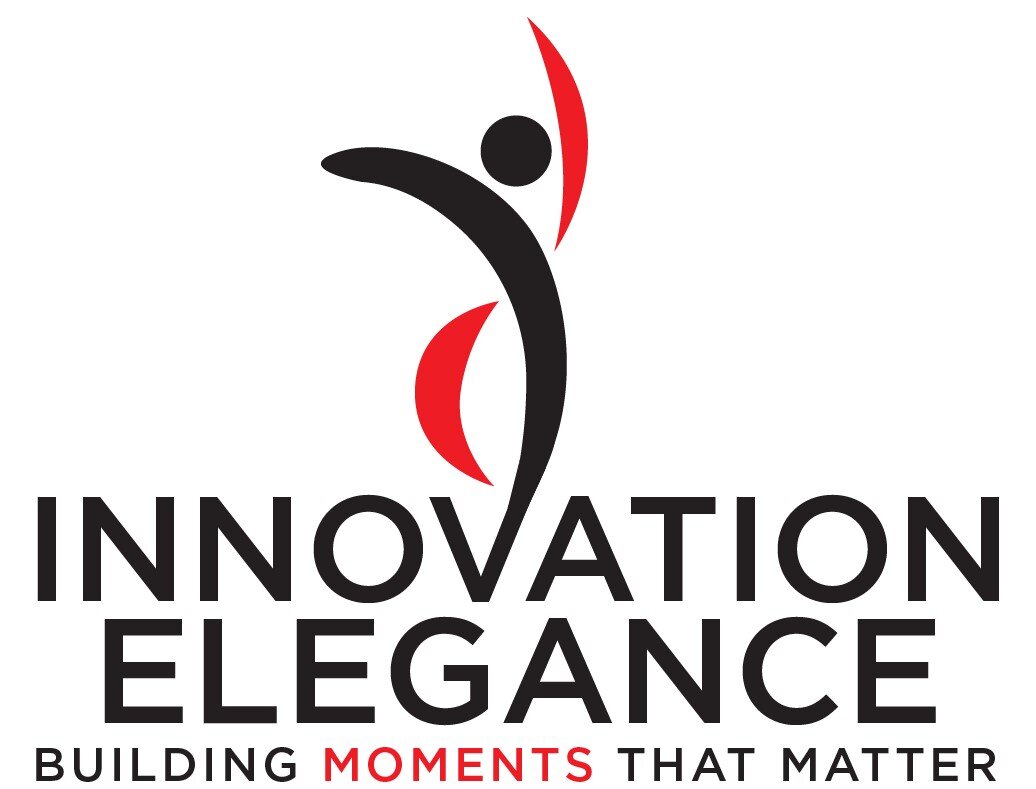Agile Is Not Agile
For the past couple decades, the innovation world has significantly embraced a methodology called Agile. Agile has more things in common with Apple and Amazon than just the letter A. Apple is not a fruit, Amazon is not a river, and Agile is not financially Agile.
No kind of agility is free. Like any cost, it has two components. An Economics class often calls them fixed cost and variable cost. This post calls them upfront cost and marginal cost. Financial agility means that marginal cost is low. Investing for low marginal cost means having upfront cost. A few examples …
The Agile Manifesto doesn’t speak to cost – let alone embrace significant upfront cost in order to minimize marginal cost. The closest reference to cost is frequency – delivering software as often as every two weeks. This reference to frequency is my guess of how the architects of this methodology derived the term Agile. Frequency is not an equivalent for cost. Increasing frequency justifies investing to change your cost profile. Increasing your frequency does not actually change your cost profile. If your marginal costs were high, accelerating them doesn’t lower your marginal cost. Claiming that delivering software every two weeks lowers your marginal cost is grossly simplistic and misleading. Agile is not Agile.
To describe what financially agile innovation looks like, you have to start with high upfront cost and low marginal cost. High upfront costs are frequently unpopular. Skeptics of high upfront costs just see high cost and more work. They don’t see the lower cost and reduced work post-investment. If you can educate the skeptics about two-tiered cost (show them the table above), then you can think through with them what low marginal cost really means to a project team.
A team must communicate. Collaborate. Three communication channels are meetings, email, and documentation outside email. Meetings and email have high marginal cost. Decreasing meetings and email in isolation isn’t a persuasive argument to reduce marginal cost. This argument is so easy that everyone would have already adopted it. The persuasive argument is embracing something out-of-favor: documentation outside email. Embracing documentation is the upfront cost that lowers the marginal cost of meetings and emails. The unpopularity of documentation makes sense. It’s understandable and rational. It’s congruent with the pre-construction unpopularity of building a new train system in a growing city. It’s congruent with the scary transparency of giving your bank account number to your employer (direct deposit example above). The inconvenient truth is that documentation outside email reduces marginal cost. Documentation outside email is agile. The Agile Manifesto favors working software over comprehensive documentation. Agile de-emphasizes documentation. Agile is not agile.
Working software requires keystrokes. From these keystrokes, code becomes something I can print. So, working software is documentation. Agile just discourages documentation upstream from code. Agile discourages the agility you achieve from investing in upstream documentation. Agile is not agile.







